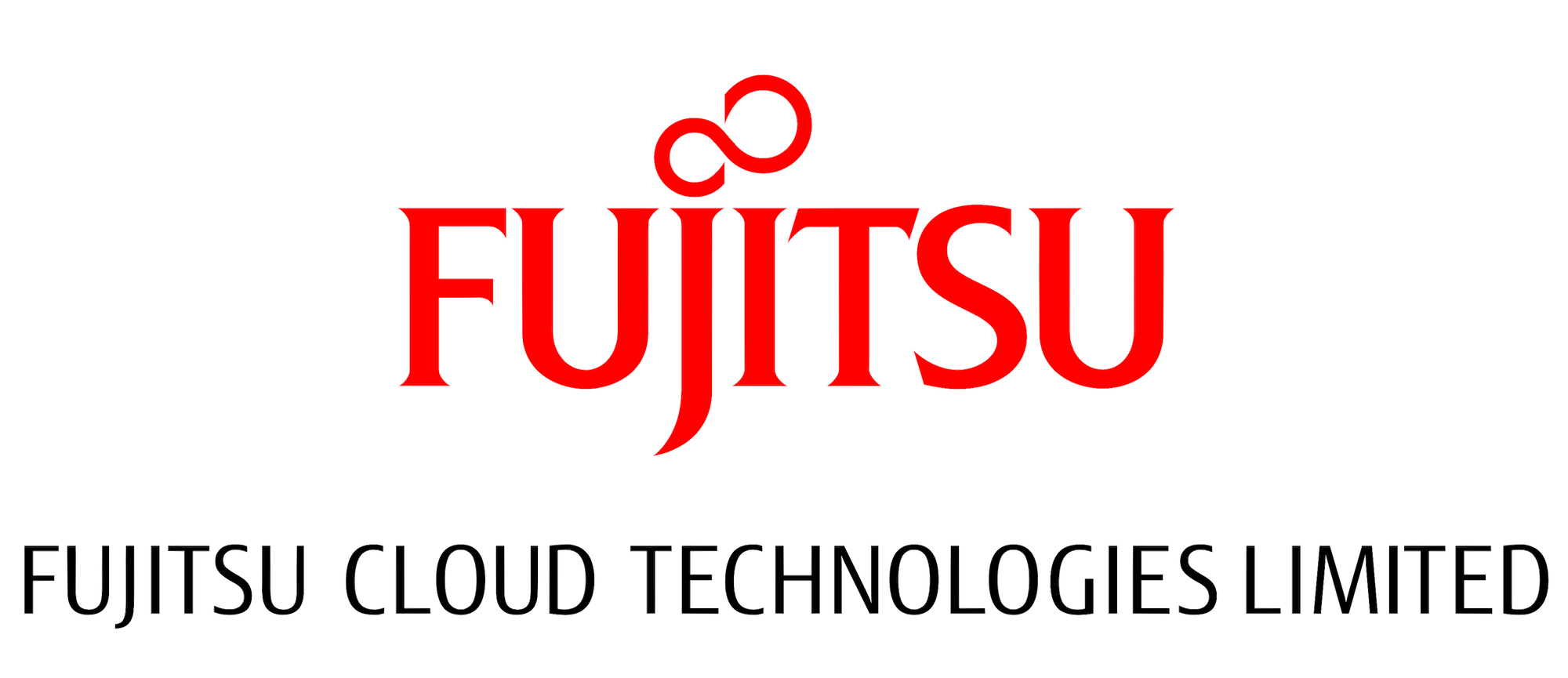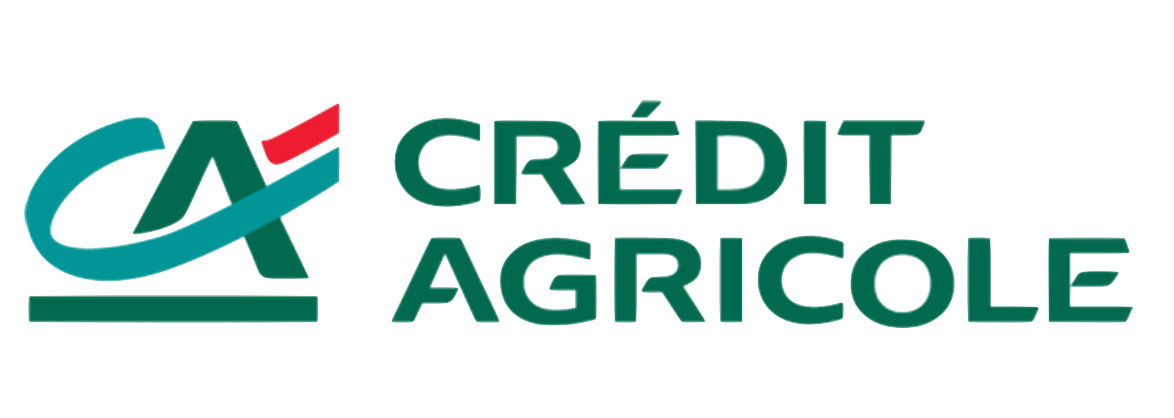GitLab Solutions
GitLab is The DevSecOps Platform that empowers organizations to deliver software faster, more efficiently, while strengthening security and compliance.
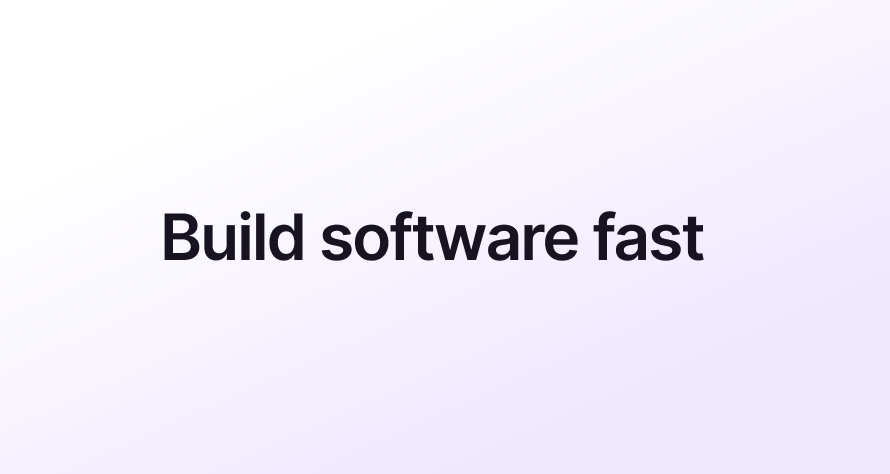
Our Solutions Leading DevSecOps solutions to solve your company’s toughest challenges





DevSecOps Platform Balance speed and security by automating software delivery and securing your end-to-end software supply chain Security and Governance Integrate security into your DevSecOps lifecycle GitLab Duo Boost efficiency with the help of AI in every phase of the software development life cycle. Continuous integration & delivery Build, maintain, deploy, and monitor complex pipelines with advanced CI/CD Value stream management Measure and manage the business value of your DevSecOps lifecycle Automated software delivery Build software faster and improve developer productivity by eliminating repetitive tasks Agile Delivery Plan and manage your projects with integrated Agile support Source code management Maximize productivity, with faster delivery and increased visibility GitOps Increase the reliability and security of your cloud native, multi-cloud, and legacy environments Continuous software compliance Build in compliance for less risk and greater efficiency Software supply chain security Ensure your software supply chain is secure and compliant InnerSource Harness open source best practices and processes to work and collaborate more effectively GitLab Dedicated Combine the low overhead and effiency of a SaaS platform with the flexibility and privacy of self hosting Analytics and Insights Analyze, discover and optimize the hidden value within your DevSecOps lifecycle How much is your toolchain costing you?
See our solutions in action
Try interactive demos on how we solve your problems.
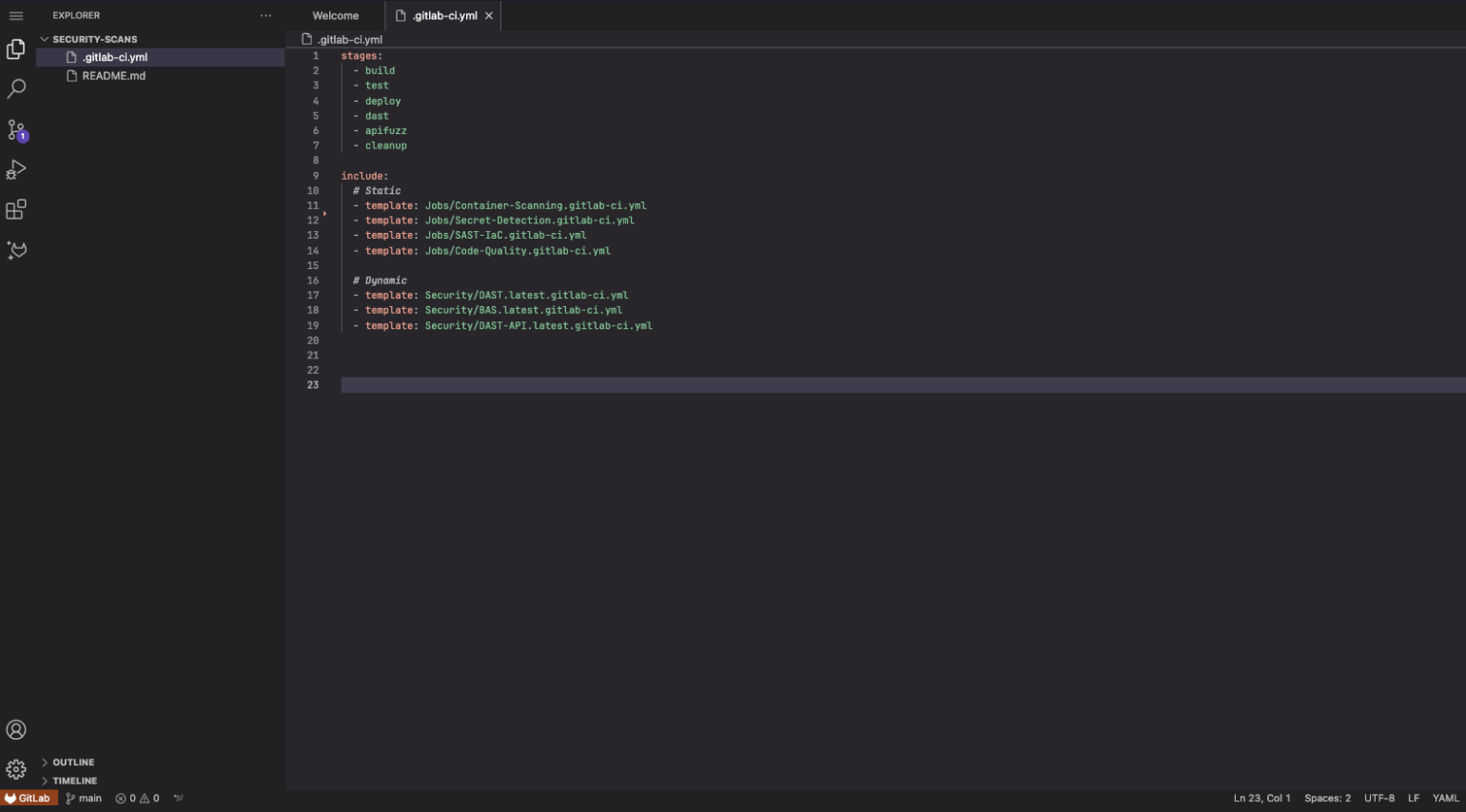
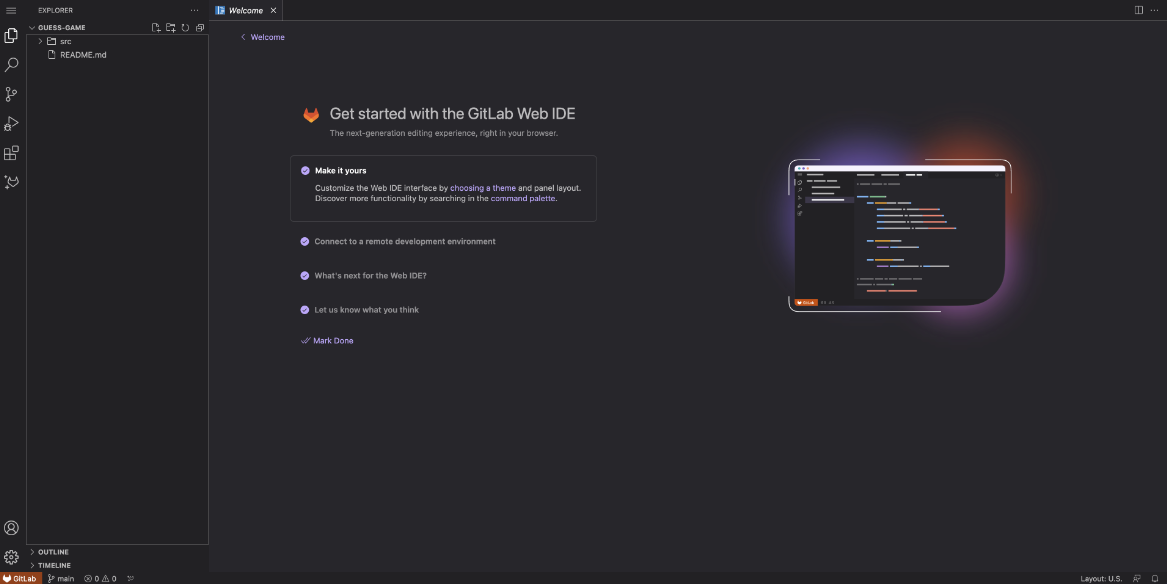
GitLab integrates with hundreds of existing applications
Interested in how your product and engineering teams can partner better without switching tools? Contact us to learn more about custom solutions.
Jira
Simple Atlassian Jira integration
GitHub
Seamless GitLab CI/CD with GitHub SCM
Jenkins
Well-maintained GitLab plugin
APIs
APIs on every GitLab component
By company size
GitLab helps organizations of all sizes ship secure software faster
GitLab allows us to collaborate very well with team members and between different teams. As a project manager, being able to track a project or the workload of a team member helps prevent a project from delays. And with GitLab, it all resides within one house.
Enterprise Collaborate across your organization, ship secure code faster, and drive business results Startups Grow your customer base and differentiate your product in the market Small business Bring teams together to help them iterate faster and innovate together
Find out which pricing plan is best for your team
By industry
Learn how GitLab can help solve industry-specific challenges
HackerOne achieves 5x faster deployments with GitLab’s integrated security
GitLab is helping us catch security flaws early and it's integrated it into the developer's flow. An engineer can push code to GitLab CI, get that immediate feedback from one of many cascading audit steps and see if there's a security vulnerability built in there, and even build their own new step that might test a very specific security issue.
Read story
4 Hours
saved weekly per developer
7.5x
Faster pipeline time
Loved by users. Recognized by analysts.
GitLab ranks as a G2 Leader across DevSecOps categories









